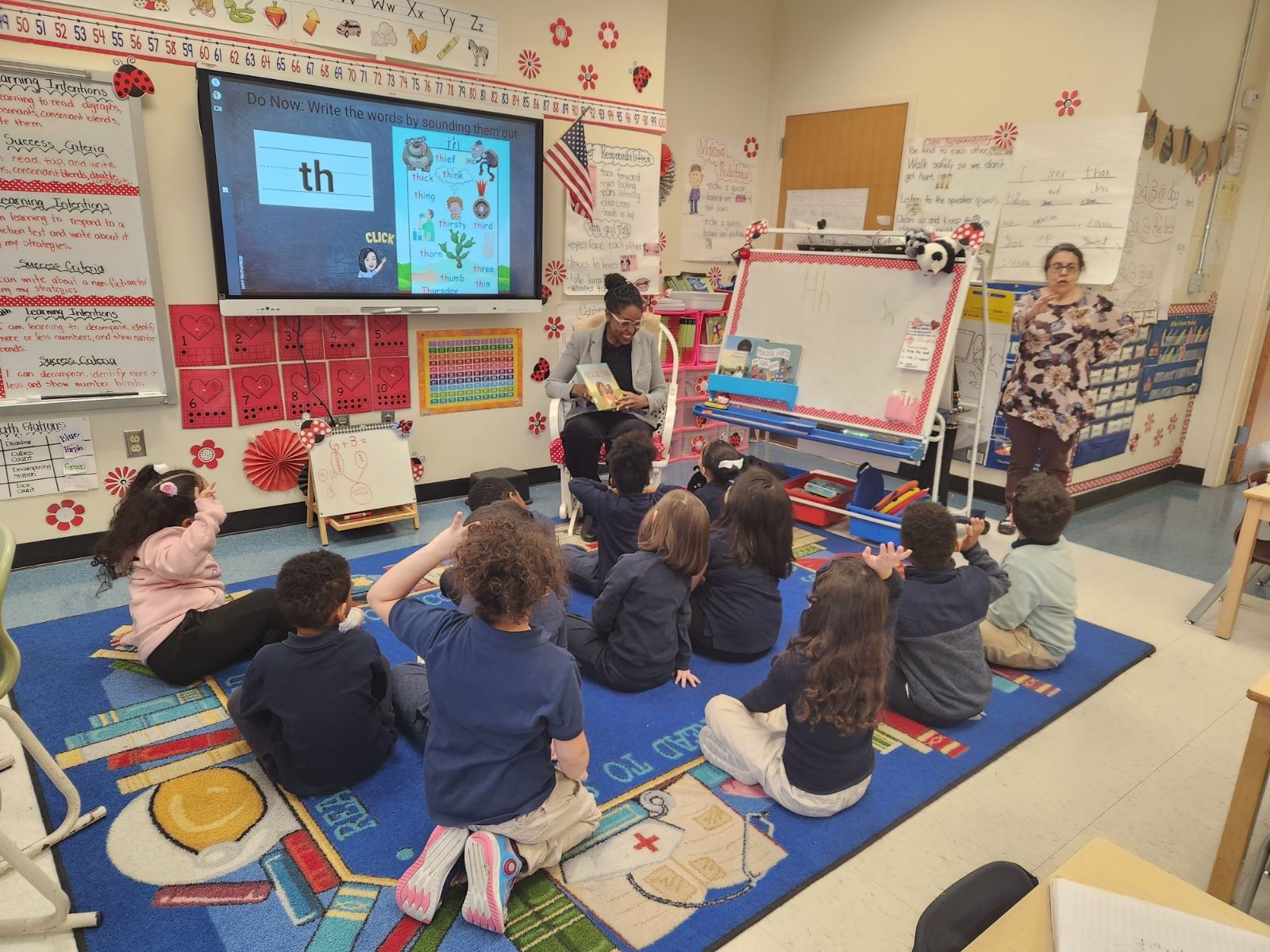What Are Local Content Requirements?

Local content requirements are policies that mandate a percentage of goods, services, labor, or investments in development projects come from local businesses, workers, or communities. They exist to drive job creation, strengthen regional economies, and ensure that infrastructure, energy, and industry investments deliver measurable local benefits.
Introduction: Why Local Content Matters
Local content requirements are not new, but they have become increasingly central in global infrastructure, energy, and manufacturing projects. Governments, regulators, and funding agencies use them to guarantee that public or private development does more than deliver physical assets—it must also deliver economic opportunity, workforce growth, and community benefit within the host region.
In practice, local content policies ask: Who builds this? Who benefits? And how do we prove it? These requirements ensure that when billions of dollars are spent on infrastructure, the economic impact circulates locally rather than flowing entirely to external contractors or imported materials.
Defining Local Content Requirements
Local content requirements are rules, benchmarks, or contractual obligations that specify how much of a project’s inputs must be sourced locally. These can cover goods and materials, such as requiring a minimum percentage of steel, cement, or manufactured parts produced within the country or state. They also include workforce and hiring mandates to ensure that a portion of jobs, from construction labor to engineers, come from the local labor market.
Business participation is another focus, with contracts requiring that a percentage of project value flows to local small businesses, minority- or women-owned firms, or suppliers registered in the community. Community benefit investments, such as spending on training programs, scholarships, housing, or health facilities, are also common.
Typical requirements range from 15 to 40 percent, but some regions set higher targets, especially in oil, gas, or renewable energy. In the United States, Buy America / Build America (BABA) and state-level MWBE laws function as local content policies. Globally, Brazil, Nigeria, Norway, and the UAE have long-standing frameworks that tie permits and contracts to local sourcing and employment.
The Economic Purpose of Local Content
The purpose of local content requirements is to ensure development projects multiply their impact by supporting the regional economy and workforce. They create jobs by mandating local hiring and open access to both entry-level and high-skill roles. They grow supply chains by giving local suppliers contracts that help them scale and diversify. They retain investment by ensuring that money spent on infrastructure circulates locally, generating tax revenue and reinvestment. And they build community trust, since visible benefits reduce opposition to large projects.
For developers and investors, alignment with these requirements is critical. Projects that comply often unlock funding, tax incentives, and permits more quickly, while noncompliance can mean delays, penalties, or loss of political support.
Compliance and Measurement
One of the biggest challenges is proving compliance. Regulators and communities want more than promises—they expect data. Contractors must document invoices, payroll, subcontractor agreements, and records of community investments. Metrics include percentages of local spend, number of local jobs created, and hours of workforce training delivered. Independent audits and government verifications are often required to confirm accuracy.
Today, technology platforms like LocalContent.com provide automated measurement, dashboards, and certification tools that make compliance more transparent. Proper measurement is not just about checking a box; it builds trust with communities, strengthens the case for incentives, and reduces the risk of project delays.
Global Examples of Local Content Policies
- The United States enforces Buy America / Build America rules requiring U.S.-produced steel, iron, and manufactured products in federally funded projects. State MWBE programs require contract percentages for certified small businesses.
- Brazil mandates that oil and gas companies use Brazilian suppliers and labor to qualify for production rights.
- Nigeria’s Content Development and Monitoring Board enforces local participation in oil, gas, and renewables. Norway requires local suppliers in offshore oil exploration.
- The UAE’s ADNOC In-Country Value program ties contract awards to local sourcing, workforce participation, and supplier development.
These examples show how universal the concept is: whether it is construction in New York, offshore wind in the Gulf of Mexico, or oil in West Africa, governments aim to maximize local economic returns from development.
Risks and Opportunities
Local content requirements create opportunities, including access to grants, incentives, and tax credits, faster approvals, reduced community resistance, and stronger partnerships with local businesses and labor groups. But there are risks too. Projects may face higher upfront costs if local suppliers are less established, or delays if qualified workforce or materials are limited. Compliance penalties and reputational harm can follow if reporting is inaccurate.
The most successful developers see LCRs not as a burden but as a strategic advantage and build compliance into their plans from the start.
Local content requirements answer the question: Who benefits from development? By mandating local labor, business participation, and community investments, they ensure that infrastructure and industry projects generate real returns for the people closest to them.
For governments, they safeguard taxpayer value. For developers, they unlock funding, incentives, and trust. For communities, they deliver jobs, stronger businesses, and shared prosperity.
In today’s world, where capital, compliance, and public sentiment are tightly linked, local content requirements are no longer optional—they are the foundation of sustainable, successful development.
.png)
Local Content is the Next Compliance Asset Class
LocalContent.com™ transforms how public and private sector projects meet local and domestic content requirements—with technology, data, and certification solutions that build trust, unlock funding, and prove community value.
Subscribe to Local Content
LocalContent.com Announces Upcoming AI-Driven Certification Suite to Boost Supply-Chain and Workforce Compliance, Competitiveness, and Economic Opportunity
Take the free assessment instead
%20(2).png)
.png)






